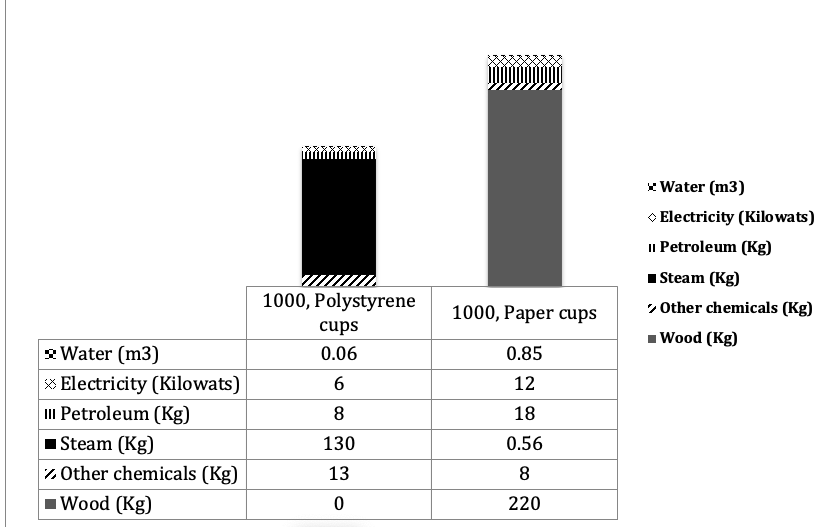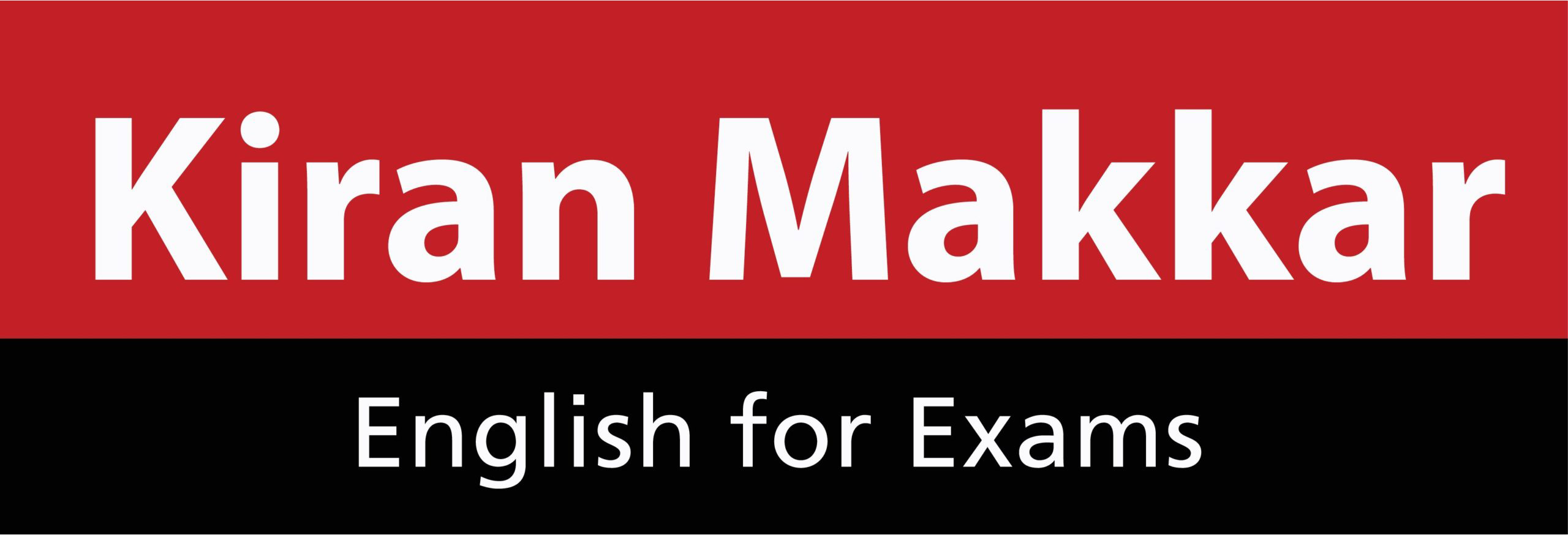The chart below shows the resources used to make 1000 disposable cups in different materials: polystyrene and paper. Summarize the information by selecting and reporting the main features, and make comparisons where relevant.

The stacked bar graph compares the amount of different elements required for making 1000 polystyrene and paper cups.
Overall, the production of polystyrene cups is environmentally friendly, because it costs less energy and doesn’t need any wood while 1000 paper cups need almost double the electricity and petroleum as compared to polystyrene cups.
The production of 1000 polystyrene cups needs 8 kg of petroleum and 13 kg of other chemicals. Steam is required in a large quantity, which is 10 times as much as other chemicals. This process is rather energy-saving, only costing 0.06 m3 of water and 6 kilowats of electricity.
However, in the process of making paper cups, the consumption of water and electricity is far more (0.85m3 and 12 kilowats respectively) than that in polystyrene cups. It also requires more petroleum, which constitutes 18 kg. Steam is required in negligible amount as compared to that needed in polystyrene cups. Amount of other chemicals needed are less than that in polystyrene cups.

